As a locality with a coastline of over 250km and a sea area of about 6,000km2 , Quang Ninh always identifies the marine economy as one of the important driving forces in the socio-economic development of the province in the coming period. Accordingly, in parallel with exploitation, protecting the marine ecosystem and developing a sustainable marine economy are important directions that the province is interested in.

Six months after Typhoon Yagi passed, aquaculture activities in the whole province of Quang Ninh have been restored. The inland farming area of the whole province is more than 32,000 hectares; of which, marine farming is about 10,200 hectares, households focus on raising white-leg shrimp, grouper, sea bass, oysters, to compensate for the loss of aquatic product value of the industry. Households are licensed to use water surface for aquaculture at sea for 470 households, with an area of 288 hectares; at the same time, temporarily assigned to 1,208 households with an area of 8,588 hectares in the whole province. Quang Ninh's agricultural sector aims to grow the aquaculture sector by 6 to 8% in 2025, with the total annual aquatic product output estimated at 175,000 tons, an increase of 5.4% compared to 2024.
However, storm No. 3 also raises the issue of considering resilience to natural disasters in the context of climate change, extreme weather patterns are likely to continue to appear more in the future. Farming locations must be within the planning area, sustainable farming materials must be able to withstand the environment. In the long term, it is also necessary to attract investors and large enterprises to build large-scale, systematic industrial farming models, build a chain of links towards export to ensure sustainability for the aquaculture industry. The province will also develop mechanisms to support capital, sustainable farming materials, breeds, and farming technology.
Mr. Duong Van Xuyen, a fisherman in the Van Don coastal area, with decades of experience in the marine industry, shared: After the Yagi storm, we, the fish farmers, are trying to restore production, gradually starting over from scratch. However, we also hope that experts and managers will conduct research, provide guidance, support, and implement solutions to increase resilience to natural disasters. This is both to help us, the fish farmers, feel secure in our work and stick to the sea, and to develop a sustainable marine farming industry.
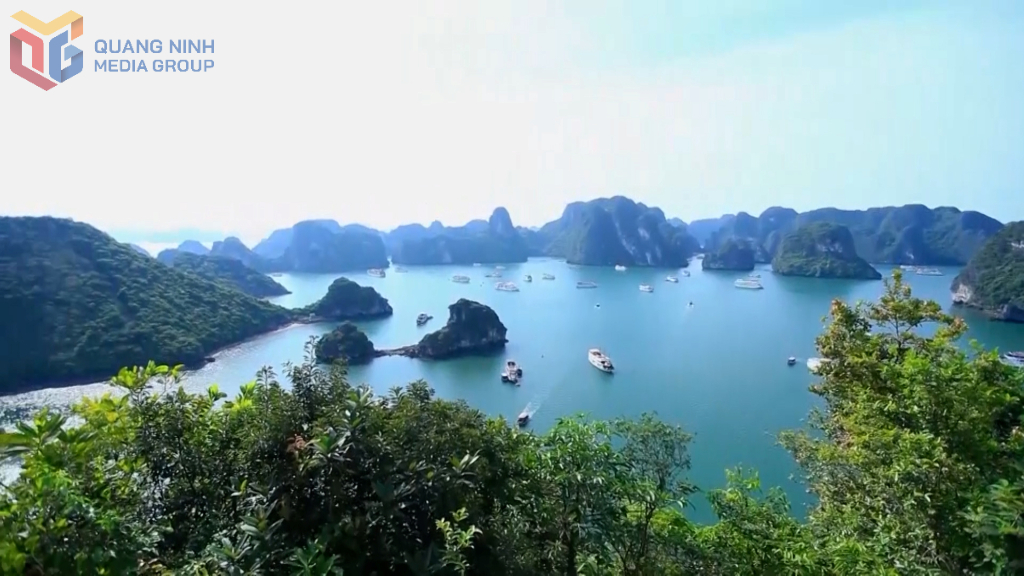
In the first two months of 2025 alone, Ha Long Bay, a World Natural Heritage, welcomed over 424,000 tourists. Of these, international visitors accounted for over 400,000. This shows that the Heritage Bay always has a special attraction for international tourists.
More than 30 years since it was first announced as a Heritage Site by UNESCO, Quang Ninh has always made efforts with many solutions to exploit and protect the ecosystem here. In addition to planning, regulations, and master plans, the province has strictly prohibited the transportation of cement clinker on the bay; relocated coal mining activities and small-scale industrial activities out of the core and buffer zones of the heritage; completely banned fishing activities in the heritage area; replaced styrofoam buoys at floating structures on the bay with more sustainable floating materials; relocated residents living in the core zone of the heritage to shore; banned the use of disposable plastic products on Ha Long Bay; assessed the tourism capacity of Ha Long Bay. These results have been used by specialized agencies in promulgating policies and mechanisms, developing heritage management plans and tourism activities...
However, Ha Long Bay is currently lacking in high-class experiences, tourism services aimed at luxury and super luxury customers who are willing to pay a lot, as well as exploiting unique values associated with local community culture... To truly create unique characteristics of the destination is still limited, only stopping at adding activities on the Bay but not really becoming products that can attract tourists.
Dr. Khaira Ismail, Universiti Malaysia Terengganu, Malaysia, during a recent tour of Ha Long Bay also shared: This place has rich and unique natural resources, a clean environment and a lot of room for tourism development in the future. What Ha Long needs to do is to continue protecting the marine environment, preserving the landscape and also needs to have more unique, distinctive and special tourism experiences. Because the tourism trend here will no longer be just sightseeing or sightseeing, but will focus more on the experience of the destination.
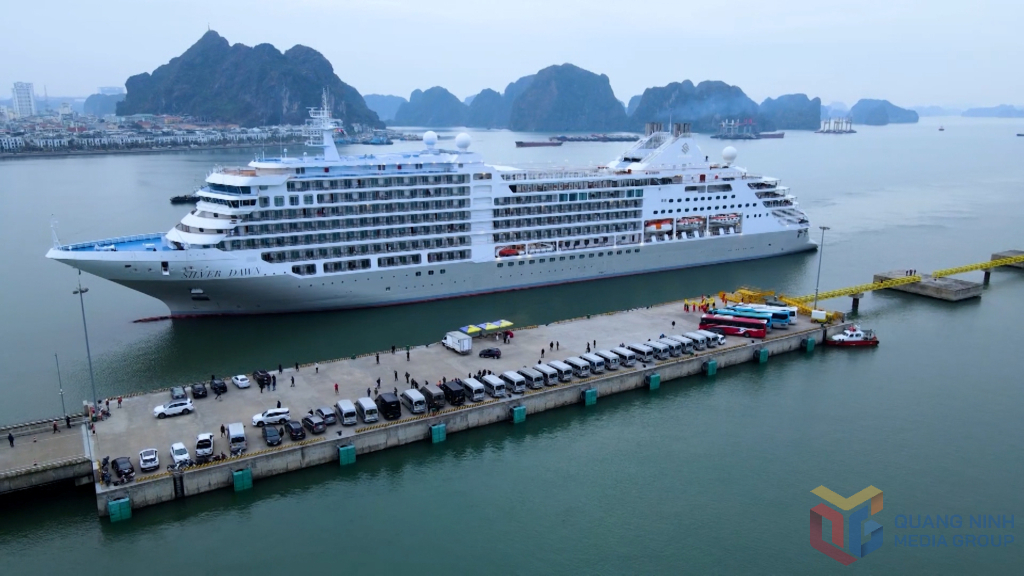
In fact, in recent years, Quang Ninh province has paid attention to exploiting the marine economy. The province has focused on the overall planning and detailed planning of tourist areas, entertainment areas, tourism service facilities, and calling for businesses to invest in sea and island tourist areas. The province has actively invested resources to develop the marine economy, associated with the economic development of economic zones, industrial parks, coastal urban areas, etc. Some exploitation, business and production activities at seaports have always been of interest, creating all conditions for businesses to exploit and develop in a modern and sustainable direction. In particular, with the seaport system and the connecting traffic infrastructure system that have been and are being invested synchronously as at present, these are favorable conditions for Quang Ninh to develop seaport services and logistics in the coming time, contributing positively to socio-economic development and promoting the economic restructuring of the service sector.
To further promote the advantages of the marine economy, in the Planning of Quang Ninh province for the period of 2021-2030, with a vision to 2050, the province determines to build and develop Quang Ninh into a sustainable marine economic center of the country on the basis of developing tourism and services connecting the region and the world; investing in building a system of deep-water seaports, international-class cruise ships associated with the economic development of a chain of economic zones, coastal urban areas, and adjacent coastal areas, and being one of the key logistics centers of the country; developing high-tech, efficient, and sustainable coastal and offshore aquaculture and exploitation; applying science and technology, innovation in deep processing, post-harvest preservation, etc. to create added value for marine products.

However, to do this, it is necessary to have a set of data on Quang Ninh marine resources that is meticulously researched, statistically compiled, and constructed. This will be an important basis for management levels to allocate resources in investment, orient investment according to potential and strengths, and evaluate the effectiveness of resources in the implementation process.
Mr. Nguyen Nhu Hanh, Deputy Director of the Department of Agriculture and Environment, said: Quang Ninh is currently coordinating with the Vietnam Institute of Strategy and Policy on Agriculture and Environment, the Global Forum on Resource Accounting to research, develop and implement marine resource accounting in Quang Ninh. We realize that integrating marine resource accounting into economic development strategies in the coming time is very important. If it is approached and implemented early in practice, it will be of great significance in measuring in detail, building a specific, multidimensional data system on Physical Resources, Marine Environmental Quality, Economic Value of Marine Exploitation Activities, Marine Ecosystem Services such as carbon absorption capacity, coastal protection, climate regulation, etc. From there, it will help authorities accurately assess the resources that need to be allocated and decide on a sustainable marine economic development strategy.
Source: https://baobinhphuoc.com.vn/news/4/170889/de-phat-trien-ben-vung-kinh-te-bien


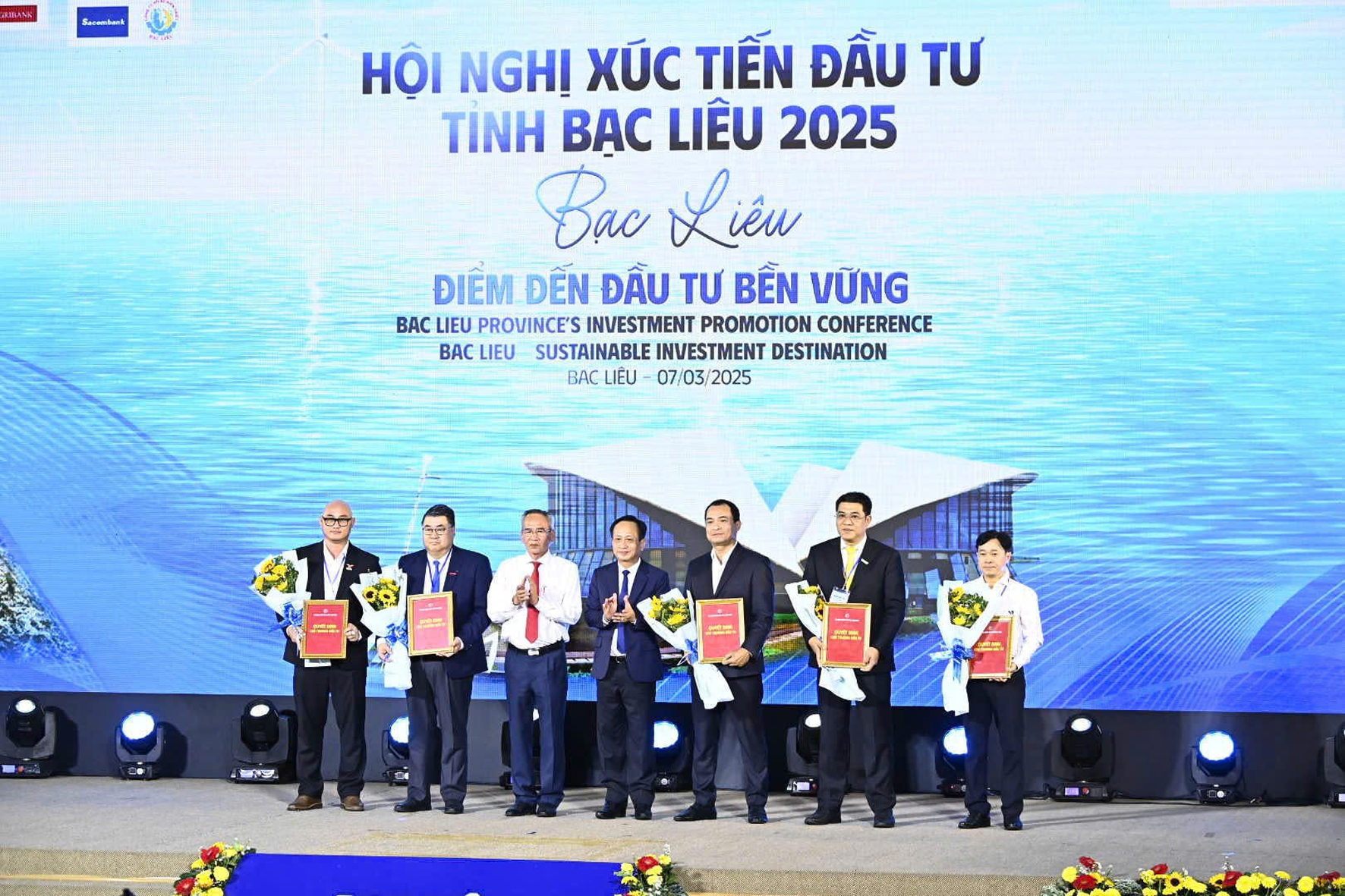
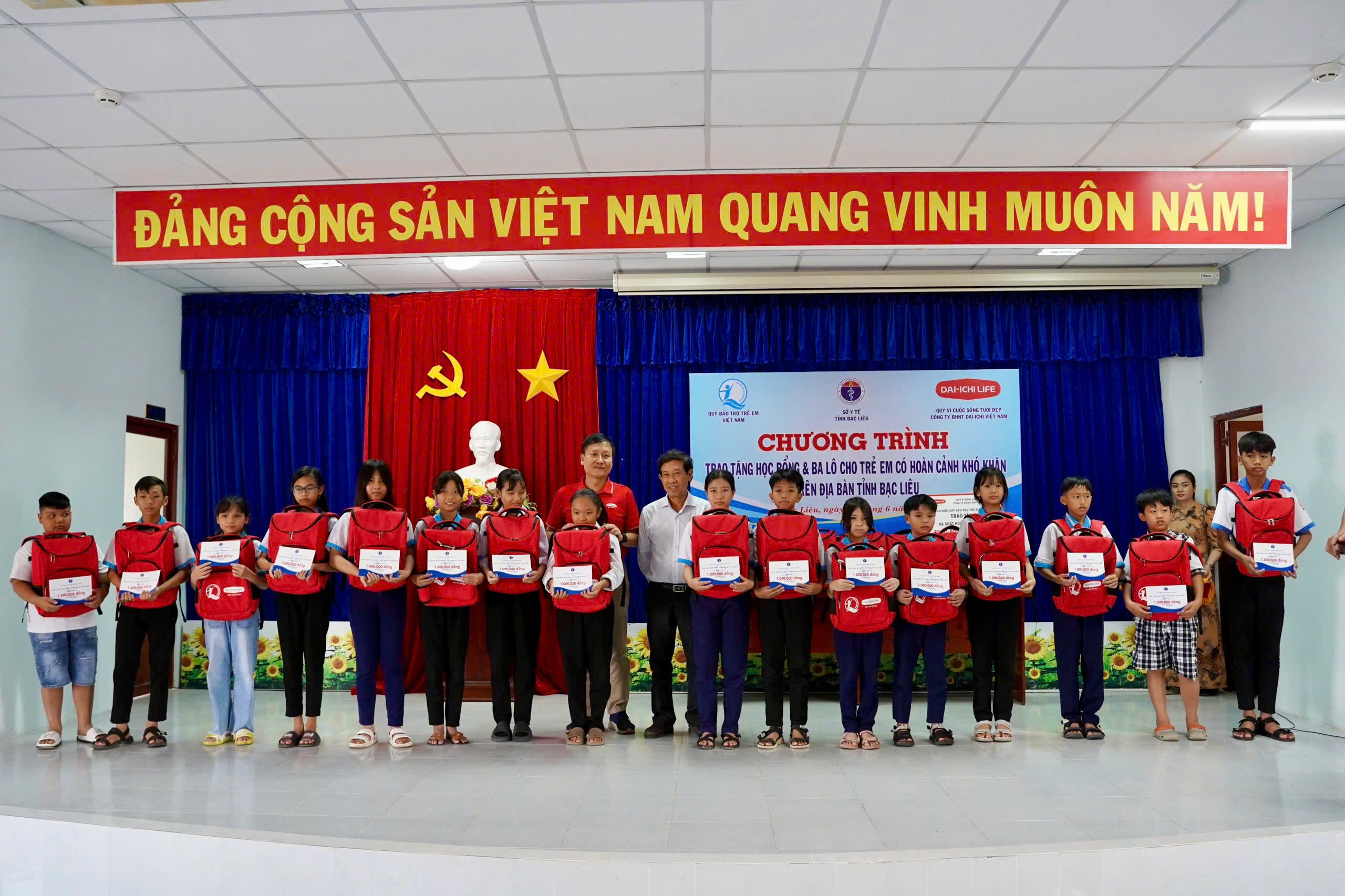


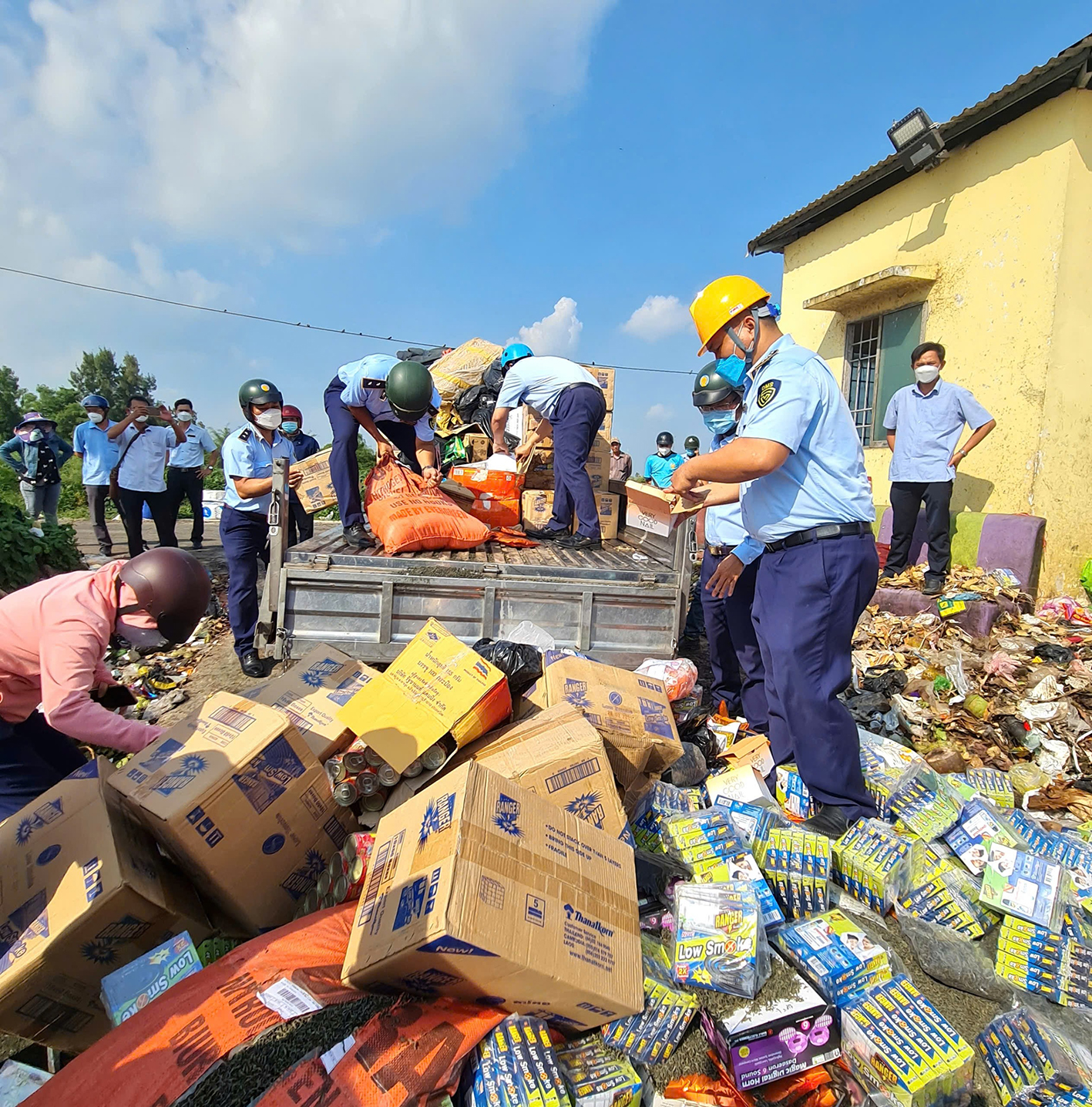

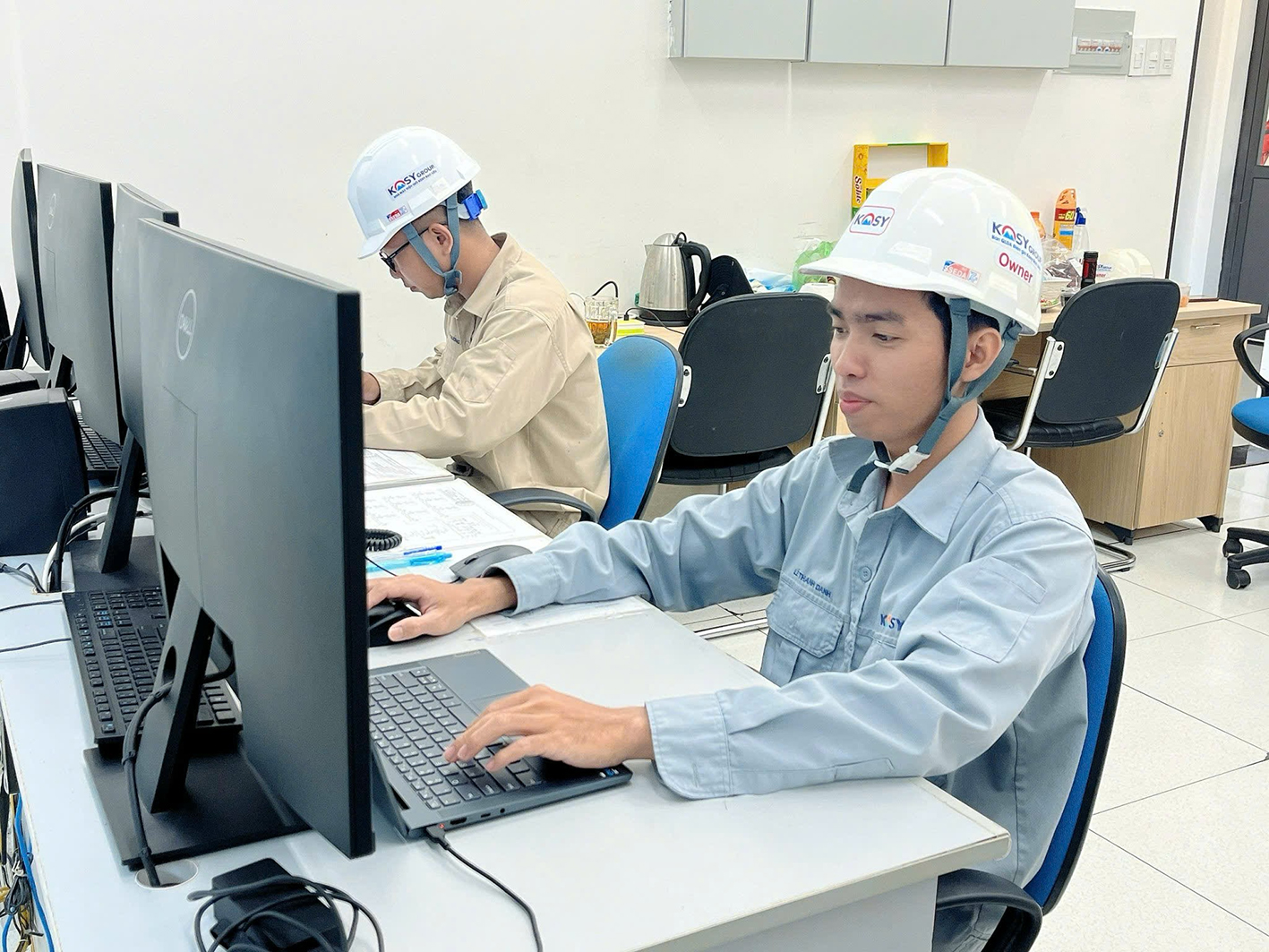
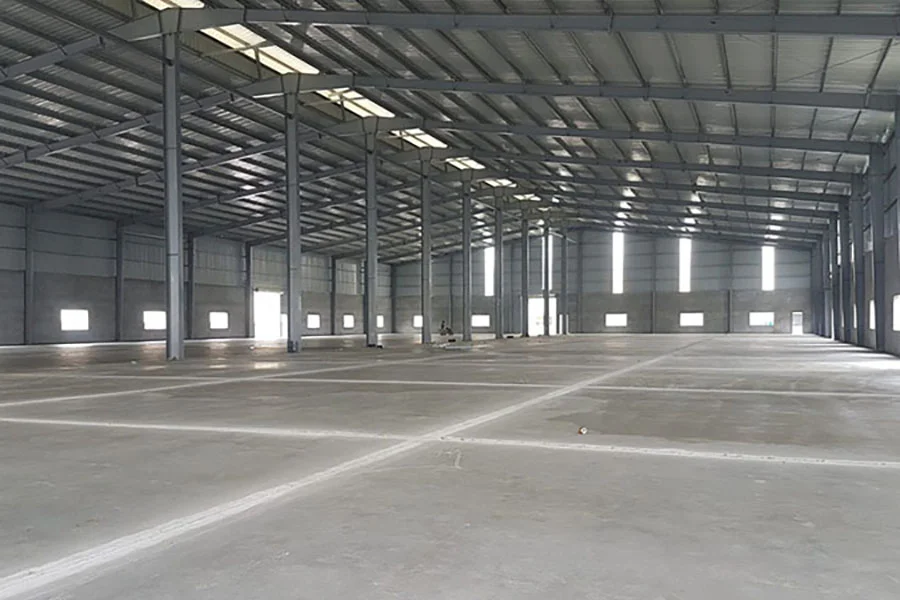












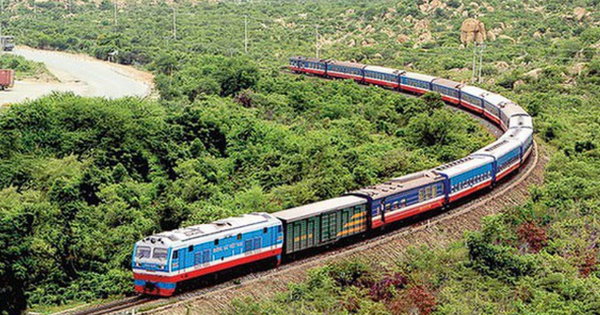
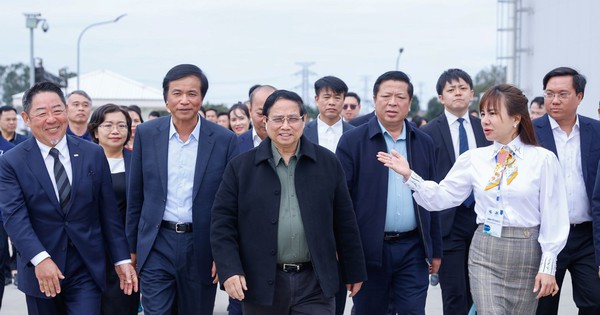



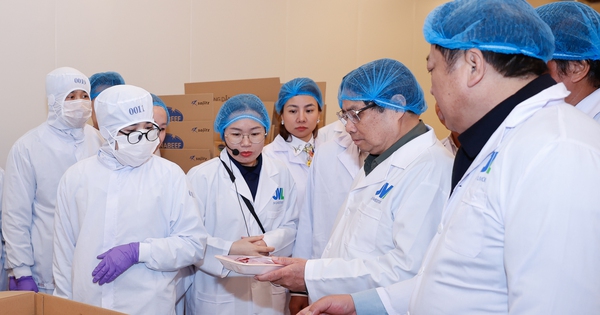

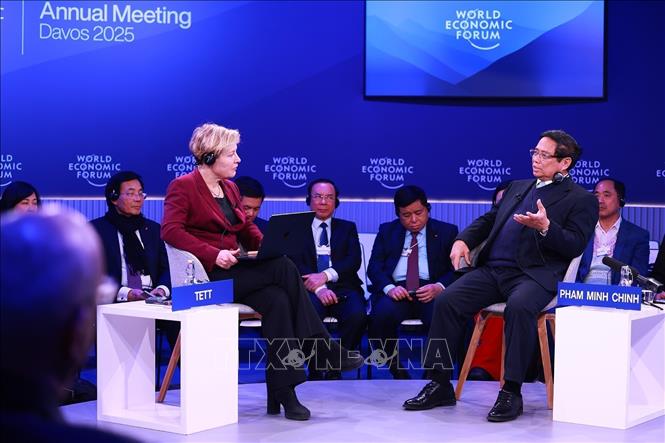

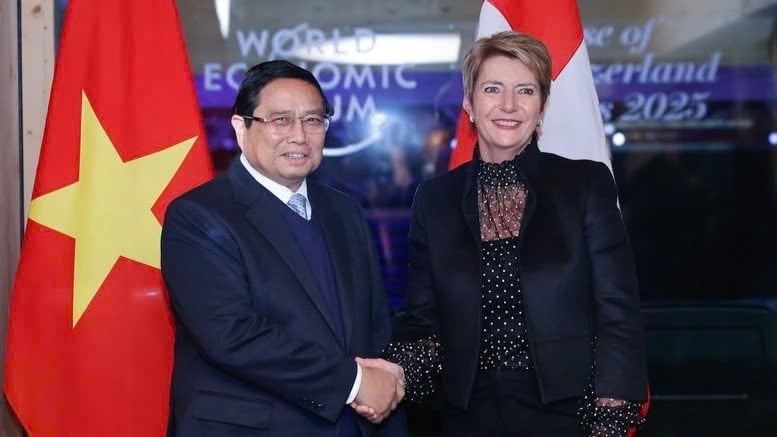
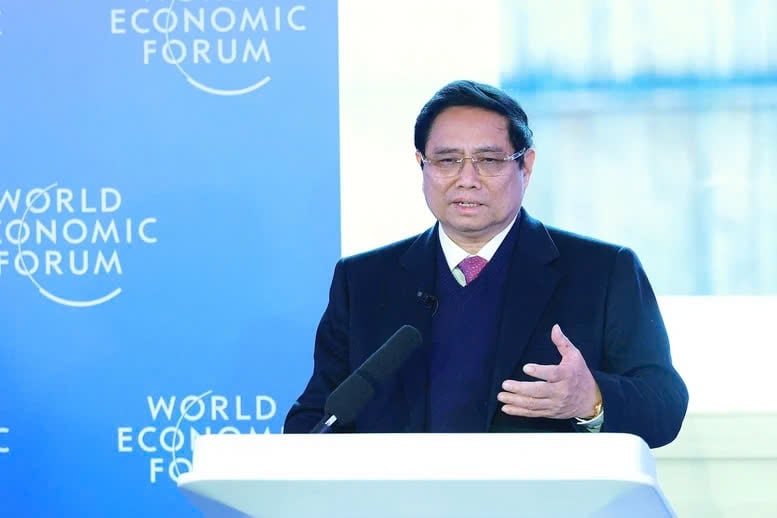
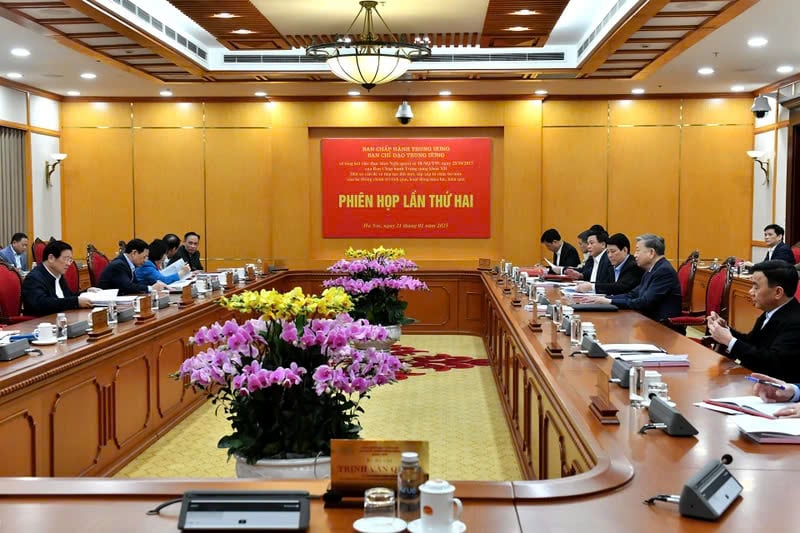

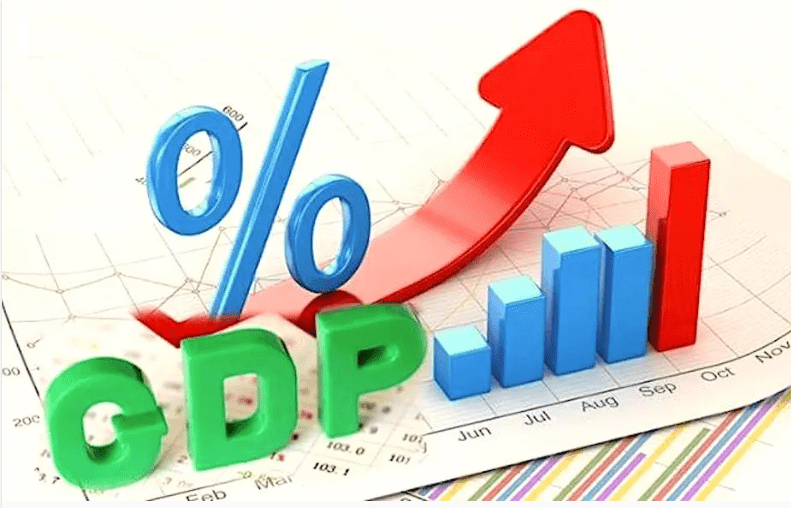


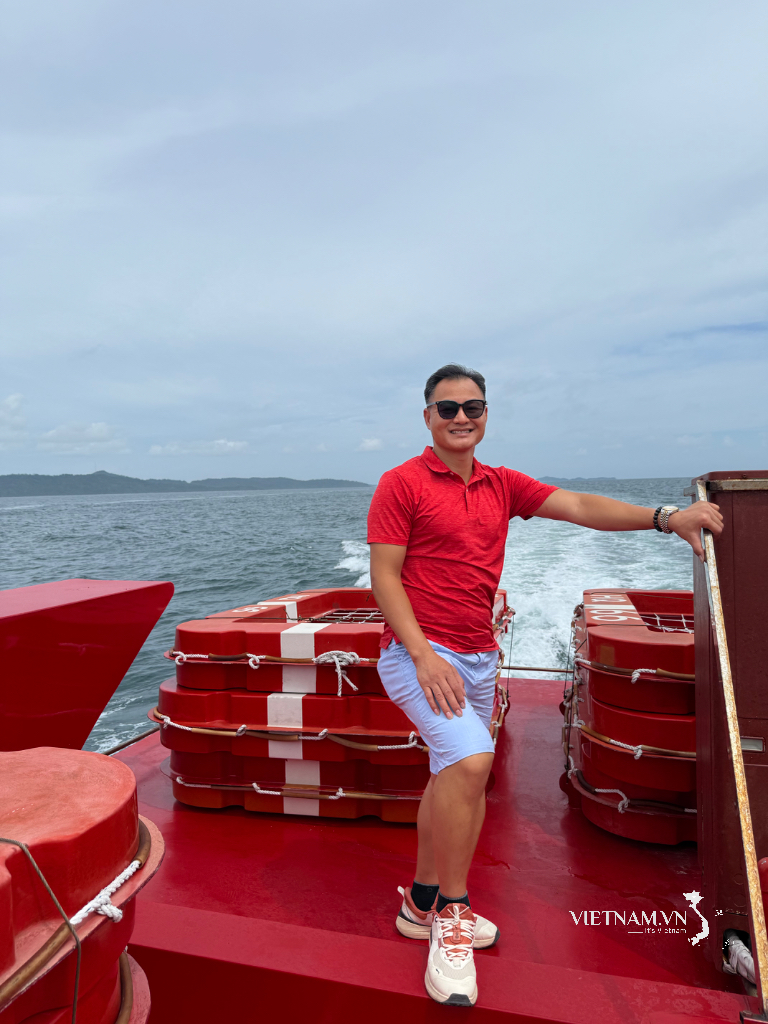
Comment (0)